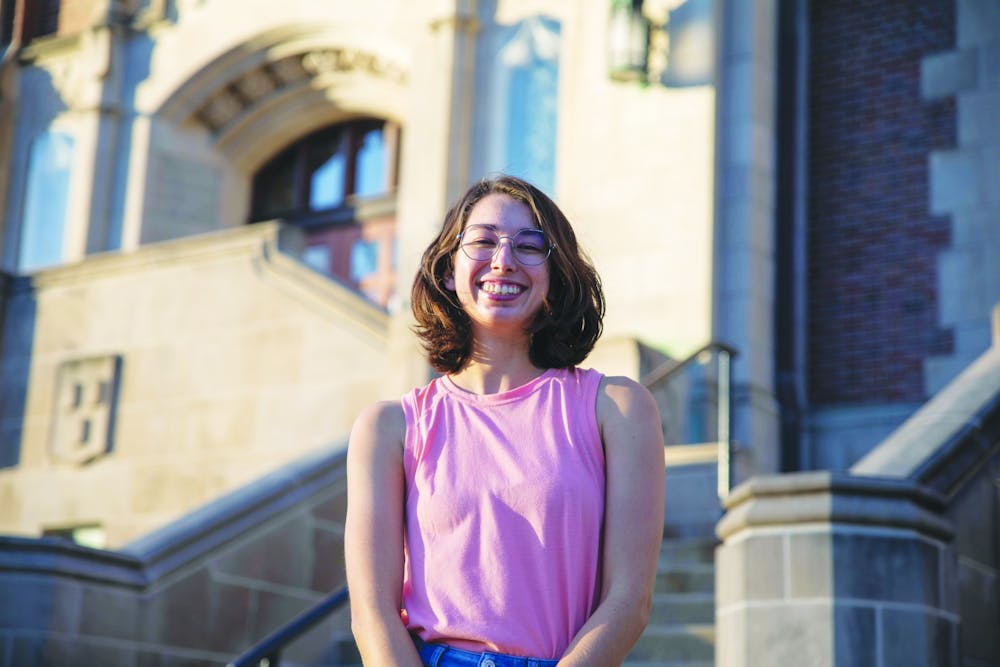In the David Owsley Museum of Art’s (DOMA) galleries, Lillian McClung, a senior ceramics and art history major, and Robert LaFrance, director of the DOMA, set up Toshiko Takaezu’s ceramics, the pattern glaze matching the pattern of Perle Fine’s painting “Impact” hung on the wall.
These pieces are a part of DOMA’s latest special exhibition “20/20: Twenty Women Artists of the Twentieth Century.” Displaying art by women artists from 1900-2000, the exhibit celebrates the 100th anniversary of the 19th Amendment, which gave some women the right to vote.
“If women were not allowed to vote, that’s a very large population that had no ability to choose their politicians and their representatives,” LaFrance said.
McClung said she believes it’s important to consider that white women had the right vote for years before Black, Asian and Indigenous women were able to participate.
“I think [the exhibition] shows it’s important to look at our culture and look at ourselves a little bit more and how we think about women,” McClung said.
McClung said that dealing with the ceramics was her favorite part of the experience, as Takaezu would put beads or clay in some of her works. McClung said she could shake the works to hear their “hidden secrets.”
As LaFrance worked on curating the exhibit, he said, he was aware the museum had works by abstract artist Irene Rice Periera, but he also discovered several artists who are featured in the exhibit have connections to Ball State. LaFrance found out Periera served as a visiting professor during the summer of 1951, and painter Betty Esman taught at Ball State during the summer of 1956.
While some of the art by women like Periera and Esman already existed in the museum’s collection, other works were new to the collection. LaFrance said Judy Chicago's artwork was purchased before the idea of the exhibit was conceived, but Jenny Holzer’s artwork was purchased especially for the exhibit.
Some of the pieces of artwork in the exhibit are fragile, as Chicago’s artwork is on paper. McClung said she believes the three month period the exhibition is open is perfect for those works on paper before they get damaged by the light.
“I think just being able to see those works that are almost always in storage … is really important,” McClung said.
Even though the exhibit features artwork from only the last century, McClung said, it’s important for the DOMA to display the exhibit because women have always been making art.
“I feel like some people think women only made art when feminism became a thing or when they could make a name for themselves or when they could do something shocking,” McClung said. “Being able to see this production of art by women throughout the last century is really interesting and highlights that women have always been making art, but they’ve either been sidelined by men or maybe they just didn’t get the recognition in their time.”
Contact Mary Stempky with comments at mstempky@bsu.edu.





